2019-05-02
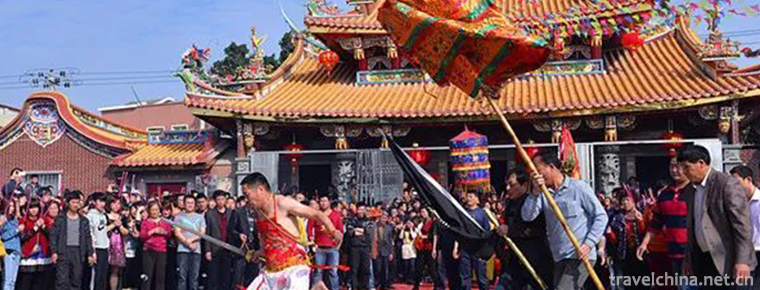
- By ChinaWiki.net
- Chinese Edition
- 2019-04-04
The Religion and Customs of Baosheng Emperor
Baosheng Emperor, also known as Wu Zhenren, was born on March 15, 1979, in Baijiao Village, Tong'an County. Since his childhood father died of illness, he was determined to study medicine, visited famous teachers all over the world, devoted himself to research and become a family of his own. Later in Haicang Qingjiaoqi Mountain, Longxue pit side of Lulu, drilling wells and springs, extracting medicines and alchemy, practicing medicine to save the world. It is famous in southern Fujian for its excellent medical skills and noble medical ethics. Song Jingyou died on the second day of May in the third year (1036). He was 58 years old when he went up to the mountain to collect medicines and fell off a cliff. Folk people in southern Fujian expressed their gratitude and offered sacrifices to Longhuang Temple next year by the side of Longhuang pit. During the Shaoxing period of Southern Song Dynasty, the court approved the establishment of temples (i.e. today's Qing and Baijiao Tzu Chi Palace), and in the second year of Qiandao (1166) Song Xiaozong granted "Tzu Chi". In the third year of Song Tiansheng (1025), the emperor was praised as "the miraculous Taoist real man of imperial history, and in the seventeenth year of Yongle in Ming Dynasty (1419), he was named"the great life-preserving emperor"and was commonly known as"the Dao Gong"among the people.
The belief of Baosheng Emperor has been spreading among the people for nearly a thousand years. There are more than 500 temples in Taiwan alone, and the custom of belief has gradually formed. These beliefs and customs are mainly praying for medicine sticks, inquiry sticks and sacrificial activities such as inviting gods, begging for fire, dividing stoves, entering incense, and traveling around the border. Every year on March 15 of the lunar calendar, the celebration of the great life-preserving emperor, including more than 1,000 temples in southern Fujian, Taiwan, Southeast Asia and Guangdong, gathers at the Tsing Chi Palace, which is grand, grand and exciting, like a carnival.
The beliefs and customs of Baosheng Great Emperor are based on the moral concepts of advising the good and abstaining from evil, helping the weak and treating the sick and saving the people. They play an obvious role in promoting people's health, social stability and harmonious coexistence. Health-preserving Emperor is the health Guardian God of tens of millions of people in southern Fujian and Taiwan. His unique beliefs, customs and healthy, Tzu Chi and harmonious cultural spirit are important components of the culture of southern Fujian and Chinese culture. The medical prescriptions in his medicine label, which have lasted for thousands of years, are rare legacies in the treasure house of traditional Chinese medicine of the motherland.

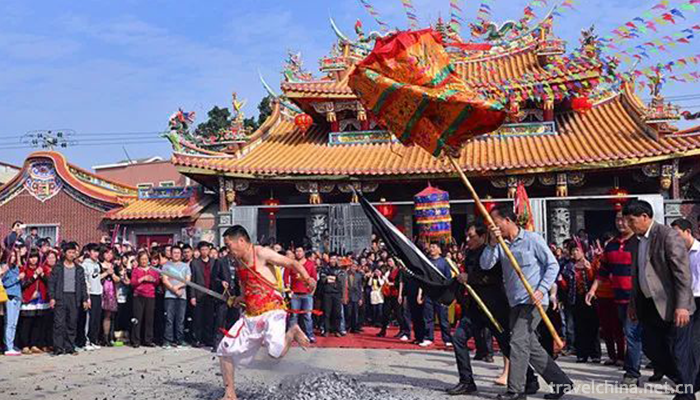
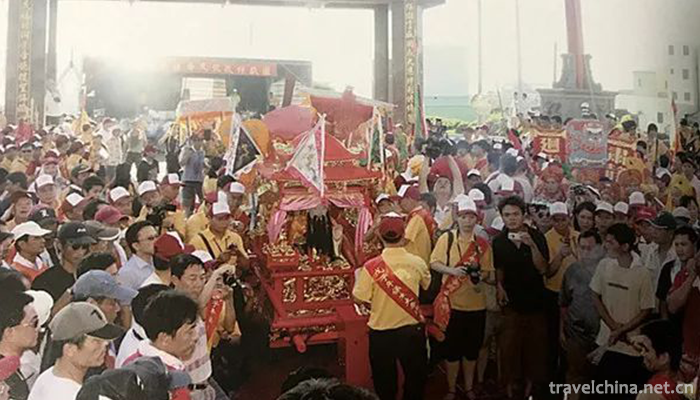
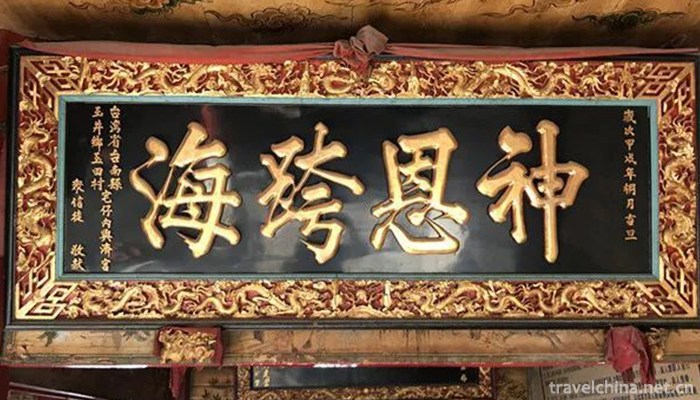
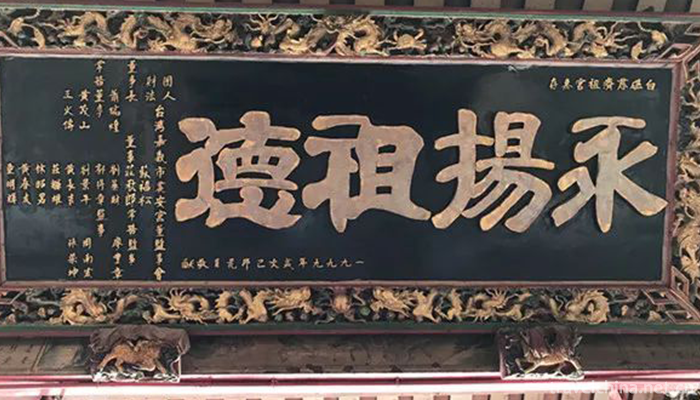
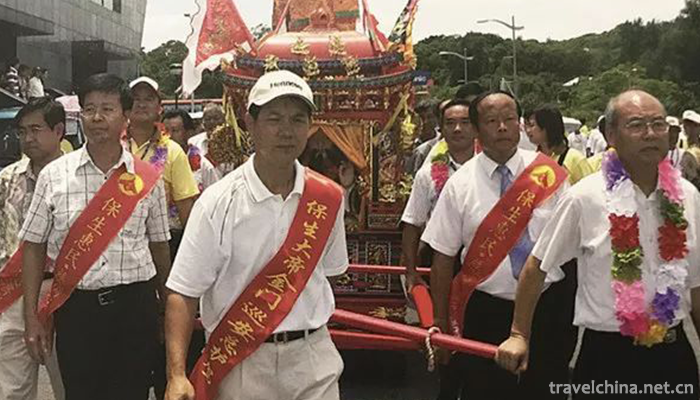
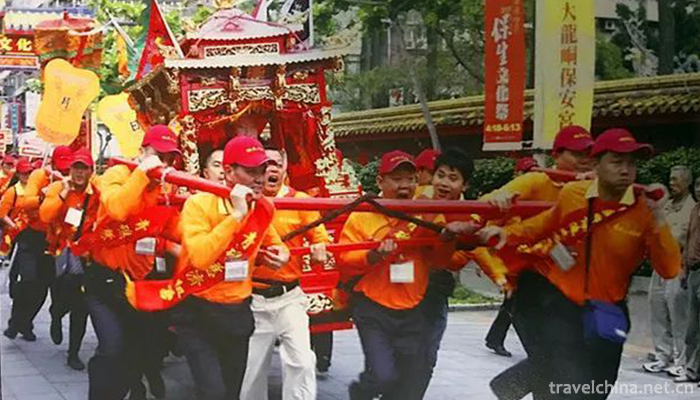
Ask a Question
Your email address will not be published.
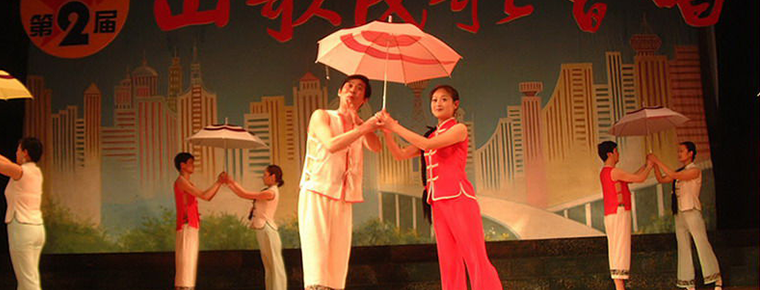
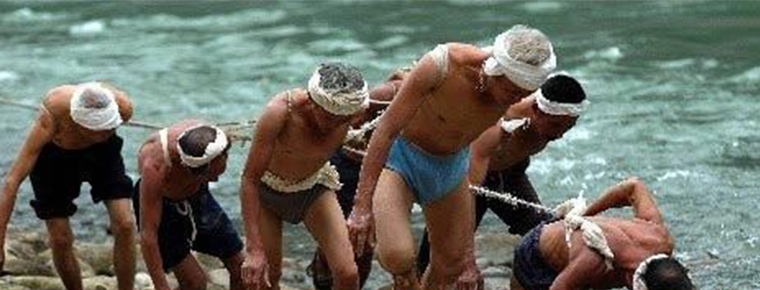

0 Questions